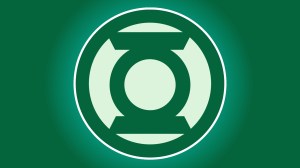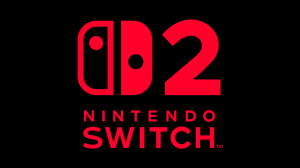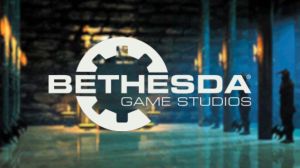In the early 1990s, Batman: The Animated Series created a version of the Dark Knight that many consider definitive. With its timeless “dark deco” art style and a level of psychological maturity previously unseen in American animation, the series redefined Batman for a generation. This approach treated the source material with deep respect while making bold changes that enhanced the lore. For instance, the show famously gave the tragic “Heart of Ice” origin to Mr. Freeze, turning a minor villain into one of Gotham’s most compelling figures. Furthermore, the series introduced the world to Dr. Harleen Quinzel, creating the instantly iconic character of Harley Quinn from scratch.
Videos by ComicBook.com
Following this monumental success, the same creative team turned its attention to the Man of Steel. While Batman was a character suited to darkness, Superman presented a different challenge, as his earnest god-like power could often feel dated to modern audiences. However, Superman: The Animated Series rose to this occasion, delivering a series that honored the character’s core decency while grounding his mythology in a science-fiction-infused world. Plus, by making intelligent updates to his supporting cast and rogues’ gallery, Superman: The Animated Series proved to be just as revolutionary as its Gotham-based counterpart, cementing a version of the hero and his world that remains the benchmark.
1) Metallo
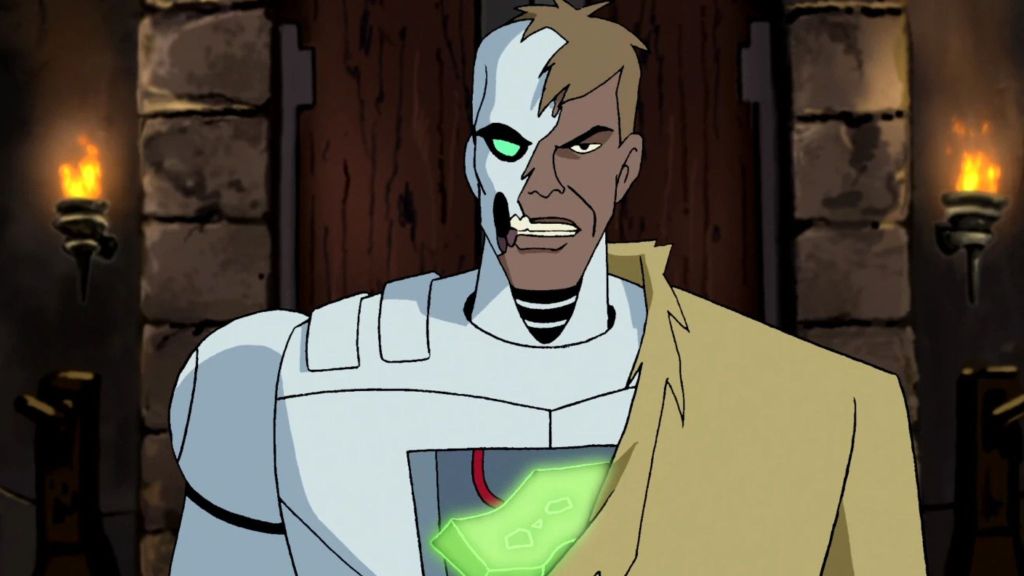
John Corben, the man with the Kryptonite heart, has long been a physical threat to Superman. In many of his early comic book appearances, however, his motivations were thin, often boiling down to him being a petty criminal or mercenary who ended up in a robotic body through some accident. Superman: The Animated Series completely overhauled this backstory to create a far more tragic figure. In this version, Corben is a mercenary hired by Lex Luthor who suffers a catastrophic accident. Luthor then “saves” him by placing his consciousness into a nearly indestructible robotic chassis, cruelly informing him that he is now the legal property of LexCorp.
This change immediately elevates Metallo from a generic thug into a modern Frankenstein’s monster. His rage is no longer just criminal greed, but the desperate fury of a man trapped in a metal shell, stripped of his humanity and owned by the show’s main antagonist. This streamlined origin gives him a personal motivation for his hatred of both Superman, whom he views as a rival, and Luthor, his cold and calculating creator.
2) Brainiac
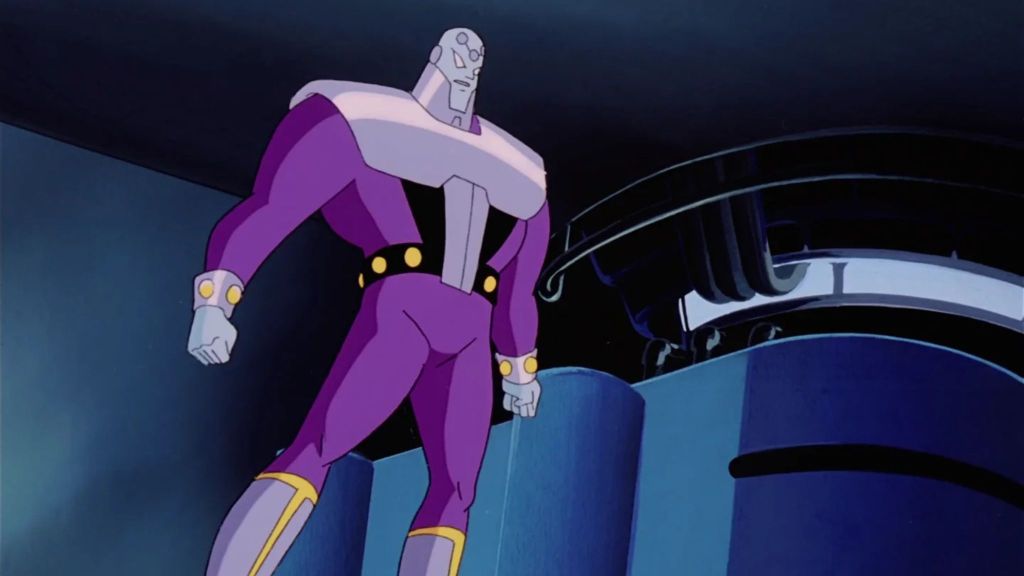
Few characters were improved by Superman: The Animated Series as dramatically as Brainiac. For decades in the comics, he was often depicted as a green-skinned alien from the planet Colu, a “computer-tyrant” whose connection to Superman was often incidental. The animated series completely reinvented him by making him a sentient Kryptonian artificial intelligence. In this new origin, Brainiac was the planetary computer that managed all of Krypton’s systems. He knew of the planet’s impending doom but concealed this information from the populace to save himself, downloading his consciousness into a satellite just before the world exploded.
Superman: The Animated Series makes Brainiac one of Superman’s most personal and terrifying adversaries. He is a living remnant of Krypton’s failure, a malevolent ghost from Superman’s own homeworld. Furthermore, this version of Brainiac, a cold collector of data who sees entire civilizations as information to be acquired and then erased, becomes the perfect antithesis to Superman’s passionate defense of life. This portrayal was so effective that it has become the definitive modern version of the character, heavily influencing his depiction in comics and other media ever since.
3) Parasite
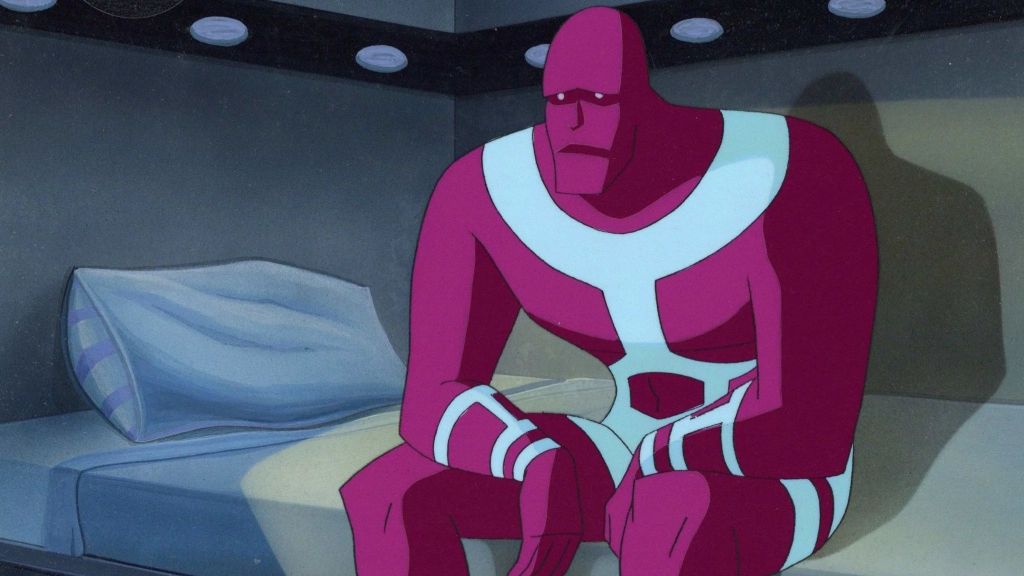
The core concept of the Parasite has always been effective: a villain who can drain Superman’s powers through physical touch. His origins in the comics, however, were often convoluted and changed frequently. The animated series simplified this into a self-contained tragedy. Here, Parasite is Rudy Jones, a hapless janitor at S.T.A.R. Labs who is tricked by a disgruntled scientist into helping steal hazardous chemicals. An accident exposes Rudy to the material, transforming him into a purple-skinned creature with an insatiable and agonizing hunger for the life energy of others.
By making Rudy Jones a simple down-on-his-luck man who made one bad decision, the show transforms him from a monster into a victim of circumstance. In Superman: The Animated Series, Parasite is not inherently evil but is cursed by a biological imperative he cannot control, a constant hunger that drives him to hunt down the most powerful energy source on the planet, Superman. This sympathetic origin story adds a layer of body horror to the character, ensuring that every time he appears, there is a sense of tragedy underlying his villainy, making him a far more memorable foe.
4) Steel
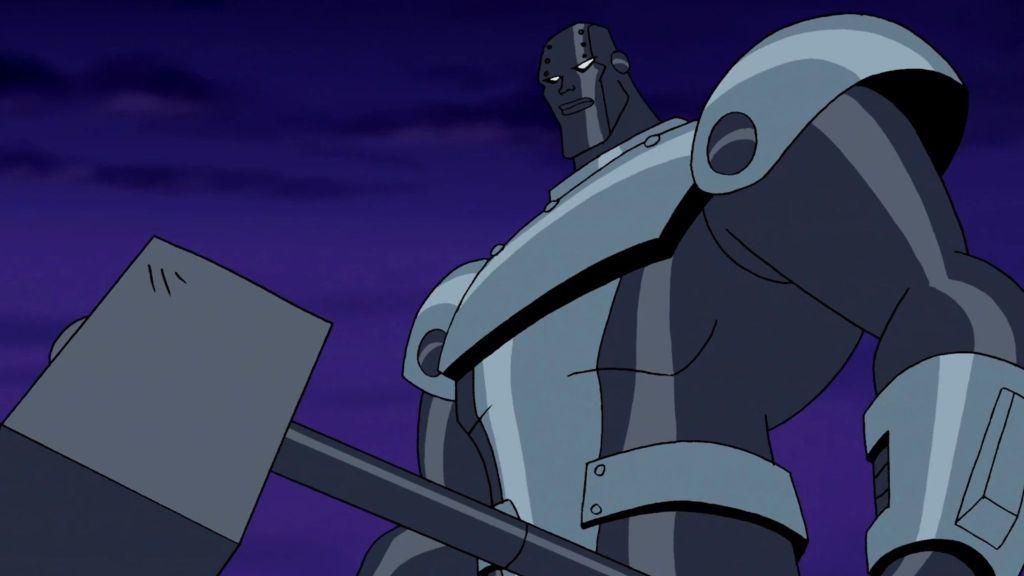
In the comics, John Henry Irons was introduced during the “Reign of the Supermen!” storyline, a brilliant engineer inspired to become a hero by Superman’s deadly sacrifice. His origin, while powerful, was intrinsically tied to a specific comic book event. The animated series smartly divorced him from this by introducing him much earlier as a top weapons designer at LexCorp. After witnessing firsthand how his advanced technology could be used to harm innocent people, Irons quits in disgust. He is later inspired by Superman’s living example of heroism and forges his own identity as Steel to protect his community.
The Steel iteration of Superman: The Animated Series is a significant improvement because it makes his decision to become a hero a proactive choice driven by his own conscience, rather than a reactive one born from tragedy. He doesn’t need Superman to die to become a hero, and instead is ready to protect those in need as soon as he realizes his potential for good. This revision establishes John Henry Irons as an inspiring figure in his own right, a man who uses his genius to fight for the common person and a true partner in Superman’s mission.
5) Supergirl

The history of Supergirl in the comics is famously complex, with multiple versions and retcons over the years, especially after the Crisis on Infinite Earths event temporarily erased the idea of other Kryptonian survivors. The animated series devised an elegant solution to this continuity problem. In this telling, Kara is not Superman’s cousin from Krypton. Instead, she is the last survivor of Argo, a sister planet to Krypton that was colonized by Kryptonians centuries ago. When Argo was destroyed, Kara was placed in cryogenic suspension until she was discovered by Superman.
Kara’s simplified origin accomplishes several things at once. It preserves her core identity as a super-powered young woman with Kryptonian heritage while neatly sidestepping the “last son of Krypton” issue. More importantly, it creates a powerful found-family dynamic. Superman, having grown up as the sole survivor of his world, suddenly finds a tangible connection to his lost past. He takes on the role of a protective older brother, guiding Kara In-Ze as she adapts to her new life and immense powers, which makes their relationship feel earned instead of given.
6) Bizarro

Bizarro has often been treated as a source of comic relief in the comics, a simple-minded duplicate of Superman with chalky skin and a trademark backward way of speaking. His origins usually involved an imperfect duplicating ray or some other piece of Silver Age technology. However, the animated series reimagined him through the lens of tragedy. In the episode “Identity Crisis,” Lex Luthor attempts to create his own controllable version of Superman by cloning him. The experiment initially seems to be a success, but the resulting clone quickly degrades, its skin turning white and its mind fracturing.
Superman: The Animated Series‘ Bizarro genuinely believes he is Superman and desperately tries to perform heroic deeds, only to cause chaos through his inverted logic and immense strength. Rejected by his “father,” Lex Luthor, and feared by the world he is trying to save, Bizarro is a sympathetic threat deserving the pity of the audience. This transformation from a goofy villain into a sympathetic figure was a substantial improvement, giving the character an emotional depth he rarely had before. Unsurprisingly, this change from Superman: The Animated Series even inspired James Gunn’s fan-favorite Superman.
7) Doctor Fate
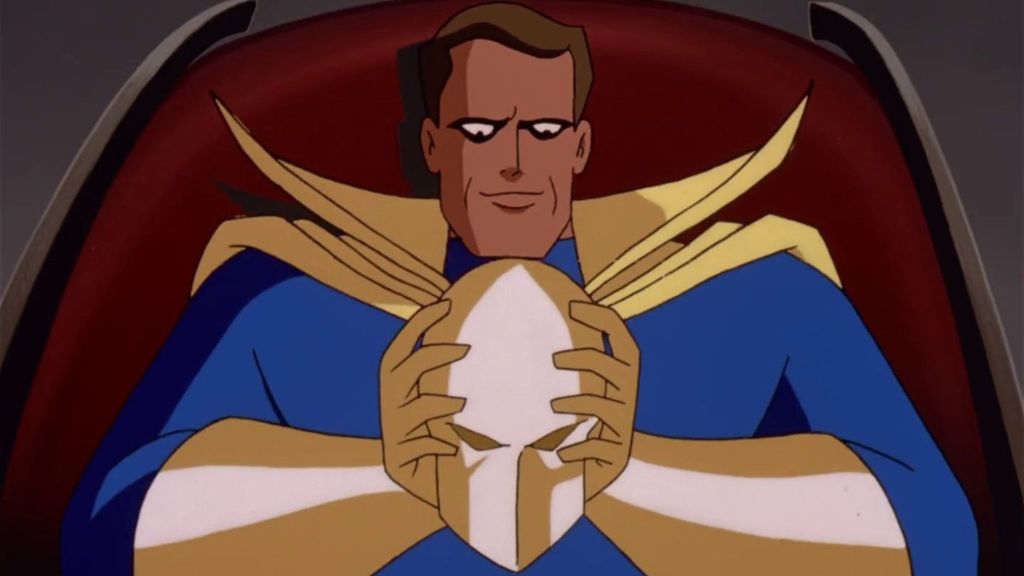
Superman: The Animated Series‘ improvement to Doctor Fate came not from altering his origin, but from a significant change to the dynamic between the sorcerer and his host. In many comic book interpretations, Kent Nelson retains his personality while wearing the Helmet of Fate, acting as a partner to the spirit of Nabu within. The show emphasized that when the helmet is on, the cold, ancient, and utterly detached personality of the Lord of Order, Nabu, takes complete control. Kent Nelson’s consciousness is entirely suppressed, making him a passive vessel for a cosmic entity.
Due to this creative choice, Superman: The Animated Series makes the character far more mysterious and powerful, as it highlights the immense sacrifice required to be Doctor Fate, as Nelson must surrender his very being to this force no one can fully comprehend. Consequently, it gives Nabu a truly alien and inhuman feel, reinforcing that he is not a hero in the human sense but a functionary of cosmic balance. This interpretation of total possession proved so compelling that it became a recurrent theme for the character, a concept that was later explored in even greater depth in the series Young Justice.
Which other DC characters do you think the animated universe improved? Let us know in the comments!

